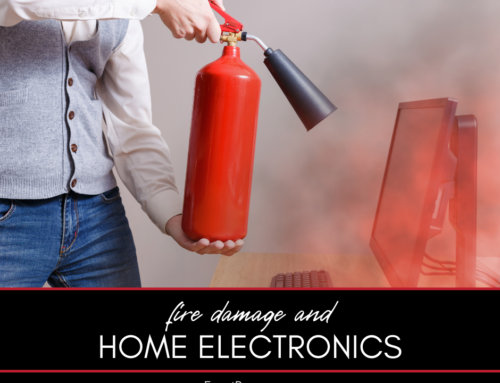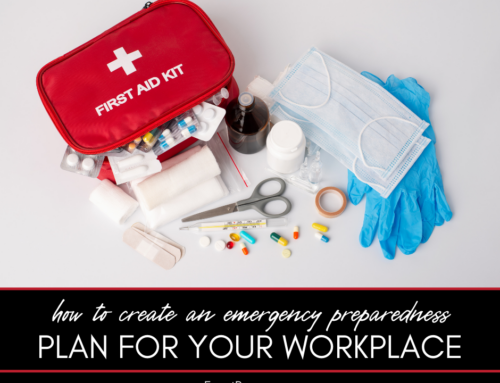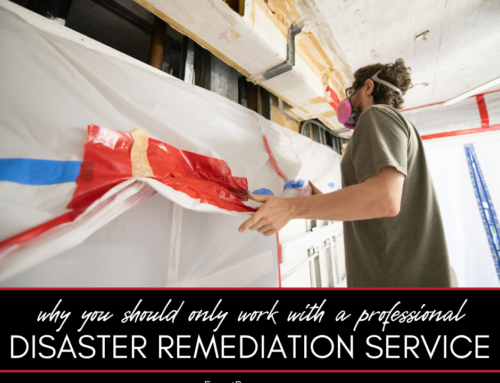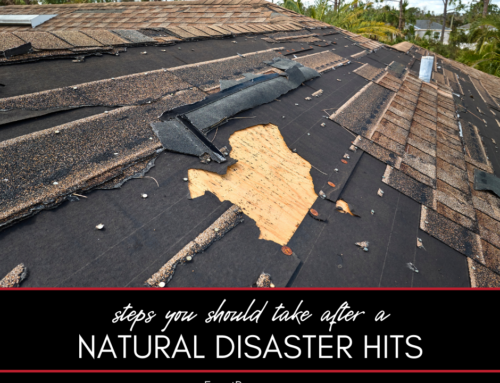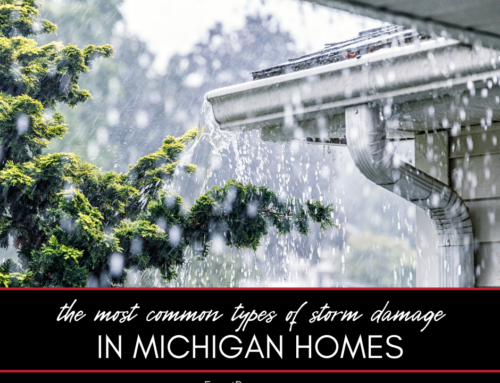Whether it’s a fire, flood, or severe storm, disaster remediation professionals are the first responders to help recover and restore damaged property. These experts use a variety of specialized tools and equipment to handle the remediation process.
Essential Equipment and Tools for Disaster Remediation Professionals: A Comprehensive Guide
This guide offers an overview of the critical tools and equipment used by disaster remediation professionals. Understanding these tools can help you better appreciate the process and efforts undertaken to restore your home after a disaster.
Here’s what we’ll cover:
- Detection and Inspection Tools
- Water Extraction Equipment
- Drying and Dehumidification Tools
- Cleaning and Sanitizing Equipment
- Personal Protective Equipment
Here’s a closer look at each.
Detection and Inspection Tools
These tools are used to evaluate and inspect the extent of the damage. They include moisture meters, thermal imaging cameras, and leak detectors, which help professionals identify hidden water damage and affected areas.
Related: Rebuilding your Michigan home after storm damage
Water Extraction Equipment
This equipment is designed to remove standing water from your property. It includes submersible pumps and truck-mounted or portable extraction units, which quickly remove water to prevent further damage.
Drying and Dehumidification Tools
After water extraction, the drying process begins. Professionals use industrial-grade air movers and dehumidifiers to speed up the drying process and prevent mold growth.
Cleaning and Sanitizing Equipment
Cleaning and sanitizing are critical parts of the remediation process. Tools like pressure washers, steam cleaners, and fogging devices are used to clean, sanitize, and deodorize affected areas.
Related: How to identify and prevent mold growth in your home
Personal Protective Equipment
Safety is paramount in disaster remediation. Professionals use personal protective equipment (PPE), including gloves, masks, and coveralls, to protect themselves while working in potentially hazardous environments.
FAQ on Equipment for Disaster Remediation
Here are some frequently asked questions about essential equipment and tools for disaster remediation professionals. If you don’t see the answers you’re looking for here, please call our office. We’re here to help.
Why do disaster remediation professionals use thermal imaging cameras?
Thermal imaging cameras help identify hidden water damage within walls and ceilings, allowing for a more comprehensive remediation process.
Related: Why DIY mold remediation can do more harm than good
What’s the purpose of air movers and dehumidifiers in disaster remediation?
Air movers and dehumidifiers speed up the drying process and help prevent mold growth and secondary water damage.
What are fogging devices used for?
Fogging devices are used to deodorize and disinfect areas affected by water, smoke, or mold damage.
Why is personal protective equipment important in disaster remediation?
PPE helps protect remediation professionals from potential hazards like mold, chemicals, and contaminated water.
Related: The benefits of working with a local restoration company
What’s the role of a submersible pump in disaster remediation?
Submersible pumps are used to remove standing water in areas like basements and crawlspaces.
The right tools and equipment are critical for a disaster remediation professional to effectively and safely restore your property. With these, they can quickly assess, clean up, and restore your home back to its pre-disaster condition.
Do You Need a Disaster Remediation Expert in Washtenaw County or Jackson County?
If your home has already been damaged, we can help. Check out our services and call Exact Recon for your free disaster remediation quote today. We offer:



